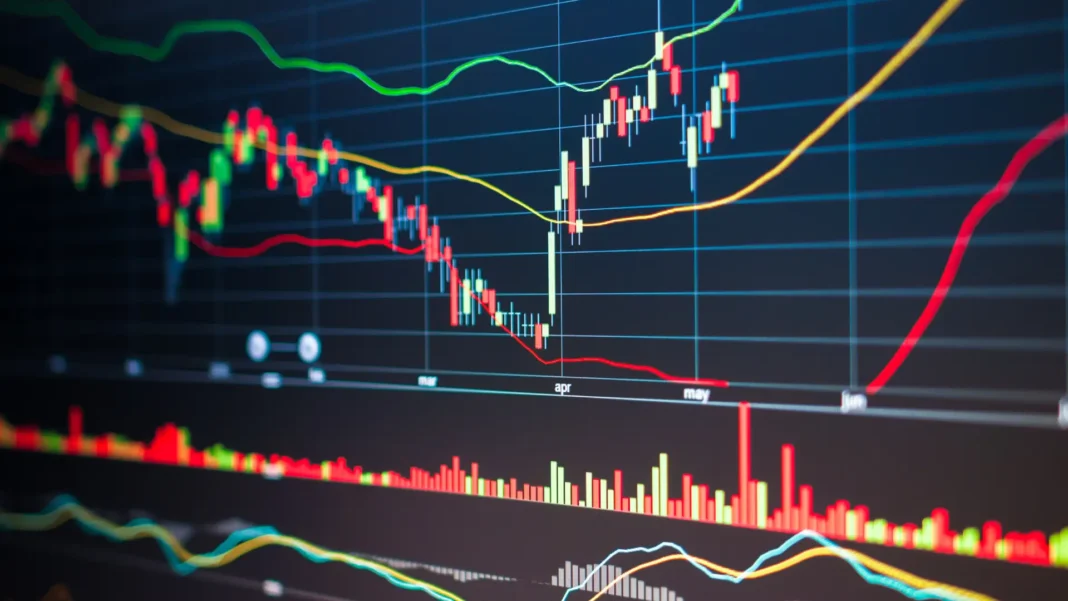Western Institutional Funds’ Interest in UAE Stocks
The UAE stock market has recently garnered significant attention from Western institutional funds. With the surge in domestic capital markets and the inclusion of UAE-listed companies in the MSCI Emerging Markets Index, the appeal is undeniable. But what’s driving this surge in interest? Let’s dive into the factors behind this growing trend.
The Surge in Domestic Capital Markets
The UAE’s capital markets have been on an upward trajectory, capturing the attention of investors worldwide. This surge is primarily due to strong economic fundamentals, government support, and strategic reforms aimed at enhancing the business environment.
Inclusion in MSCI Emerging Markets Index
One of the pivotal moments for UAE stocks was their inclusion in the MSCI Emerging Markets Index. This move has not only elevated the market’s profile but also attracted a wave of institutional investment. The fear of missing out (FOMO) is real, and Western fund managers are keen on capitalizing on the growth potential.
Norway’s Sovereign Wealth Fund Leads the Way
Norway’s sovereign wealth fund, one of the largest in the world, now holds stakes in 42 UAE-listed companies. Notably, Salik has surpassed giants like FAB and Emaar Development, indicating a shift in investment priorities. This move signals confidence in the UAE’s market and its growth prospects.
Focus on Domestic Growth Opportunities
Western funds are increasingly looking at domestic growth opportunities in the UAE with a margin of safety. The high cost of Western equity markets has led to a market displacement, pushing investors to seek better returns in emerging markets like the UAE.
Market Displacement and Preference for Emerging Markets
As Western equity markets become more expensive, there’s a growing preference for higher allocations toward the Middle East and other emerging markets. The UAE, with its robust economic outlook and investor-friendly policies, stands out as a prime destination.
Rise in Secondary Market Liquidity
With secondary market liquidity on the rise, institutional investors are finding it easier to enter and exit positions in UAE stocks. This liquidity boost is expected to continue as more IPOs are lined up over the next 12 months, further enhancing market attractiveness.
The Role of IPOs in Attracting Investment
The pipeline of upcoming IPOs in the UAE is another factor drawing Western funds. These offerings provide fresh opportunities for investment and signal a growing confidence in the market’s future.
Shift in Retail Investor Behavior
Interestingly, there’s also a noticeable shift among retail investors in the UAE. The traditional approach of investing in mutual funds is gradually giving way to a preference for buying individual companies, reflecting a change in investment culture.
Importance of CAPE Ratios for Individual Investors
Individual investors should keep an eye on CAPE (Cyclically Adjusted Price-to-Earnings) ratios and other warning signs. While these indicators have been proven wrong in the past decade, they remain crucial for making informed investment decisions.
Lessons from Past Market Trends
Looking back at market trends, it’s clear that ignoring key indicators can lead to missed opportunities or, worse, significant losses. Investors should balance optimism with caution to navigate the market successfully.
Introduction of ‘Feeder Funds’
Western asset managers are not just sitting on the sidelines. They’ve introduced ‘feeder funds’ to capitalize on the local equity flows in UAE’s domestic markets. These funds allow investors to tap into the region’s growth while minimizing risks.
Capitalizing on Foreign Investment Influx
The influx of foreign investment activity into local capital markets presents a golden opportunity. With the margin of safety becoming increasingly obvious, both institutional and individual investors have much to gain.
The interest of Western institutional funds in UAE stocks is more than just a passing trend. It’s a reflection of the UAE’s growing importance on the global investment stage. With the right strategies and a keen eye on market indicators, investors can capitalize on the opportunities presented by this dynamic market.






